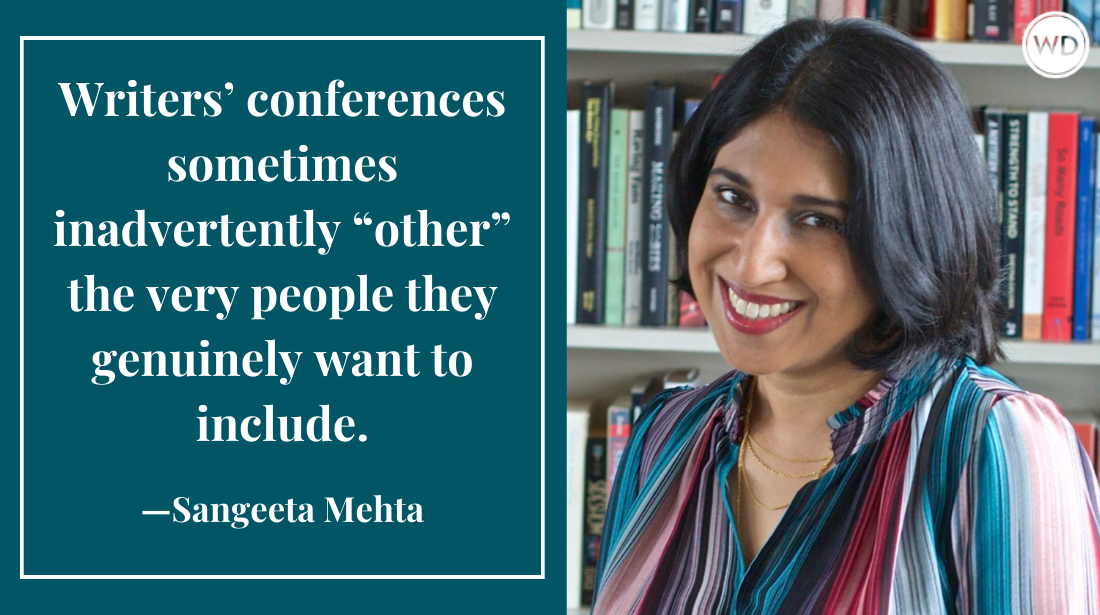6 Common Plot Fixes
The following post is an excerpt from “The Ultimate Revision Checklist” by James Scott Bell, featured in the Writer’s Digest special issue, Write Your Novel in 30 Days. If you…
The following post is an excerpt from "The Ultimate Revision Checklist" by James Scott Bell, featured in the Writer's Digest special issue, Write Your Novel in 30 Days. If you enjoy this post, check out Bell's upcoming seminar in June on how to sell your novel.
Key Questions to Ask About Your Plot
- Is there any point where a reader might feel like putting the book down?
- Does the novel feel like it's about people doing things?
- Does the plot feel forced or unnatural?
- Is the story out of balance? Too much action? Too much reaction?
1. Keep Nabbing Ideas
All through the revision process, your mind will be working on your plot. When you sleep, eat, shower, drive. The boys in the basement never stop.
So be able to nab any ideas that occur to you at odd moments. Have pens and paper handy in your home, car, office, backpack. Don't hesitate to jot down what occurs to you, without judgment. Later, you can sift through your notes and decide what to incorporate.
2. Create Two Trajectories
Create two trajectories for your main character: a personal problem and a plot problem.
- He's in his personal problem as the story begins, or it develops soon thereafter.
- The plot problem arises when the main conflict is engaged.
The two don't necessarily intersect as the story moves along, though they can. But the personal complicates how he deals with the plot.
3. Add Another Level of Complication
In Robert Crais's thriller Hostage, burned-out hostage negotiator Jeff Talley is suddenly faced with a tense stand-off in an otherwise placid bedroom community. Fine and dandy on its own, but Crais then adds another level: The hostage inside the house has in his possession incriminating financial evidence against the mob, because he's the mob's accountant! The mob needs to get that evidence before the cops. To put pressure on Talley, the mob kidnaps his ex-wife and daughter and holds them hostage. This added level of complication supercharges the entire book.
Don't hold back on making trouble. Have you been resistant to making things as bad as possible for your lead? Did you pull your punches when creating obstacles, challenges, points of conflict? Were you too nice to your characters?
Go through your manuscript, and for each scene define what the point of conflict is.
4. Add a Character
Too few characters can result in a thin plot. Too many can render it overweight. But just the right character added at just the right time presents a whole universe of plot possibilities. If your plot is plodding, consider adding a new, dynamic character to the proceedings. Give this character a stake in the plot. Give him plenty of reasons to be for or against the other characters. Search out possible backstory relationships between the new character and the existing cast.
5. Beware of Unmotivated Actions
Do you have characters doing things that aren't justified in the story? A character can't just show up. You need to give your characters a reason why they act the way they do. Look to:
- desires
- yearnings
- duties
- psychological wounds
- passion
6. Change a Setting
Usually the main setting of your plot is going to remain as is, because you have so much invested in it. You've done research, set up locations for scenes, and so on. But if it's possible to change, give it some consideration. Will it add levels to your plot? More exciting possibilities? Even if you can't change the main location, many of your scenes can be enlivened in this way. Look especially to these locations:
- restaurants
- kitchens
- living rooms
- offices
- cars
These are the places most of us are in most of the time. For that reason, they're overly familiar. Look at each instance of a location like the above and see if you can't find a fresher venue. For example, instead of a restaurant scene, what if the characters were outside eating hot dogs on a pier? Or at a carnival where there's too much noise? You don't have to move every scene, of course, but this is one way to sharpen a plot.
--
Looking for more? Need character fixes? Dialogue fixes? Scene fixes? Buy the best book available on revision, Write Great Fiction: Revision & Self-Editing by James Scott Bell.
Jane Friedman is a full-time entrepreneur (since 2014) and has 20 years of experience in the publishing industry. She is the co-founder of The Hot Sheet, the essential publishing industry newsletter for authors, and is the former publisher of Writer’s Digest. In addition to being a columnist with Publishers Weekly and a professor with The Great Courses, Jane maintains an award-winning blog for writers at JaneFriedman.com. Jane’s newest book is The Business of Being a Writer (University of Chicago Press, 2018).









